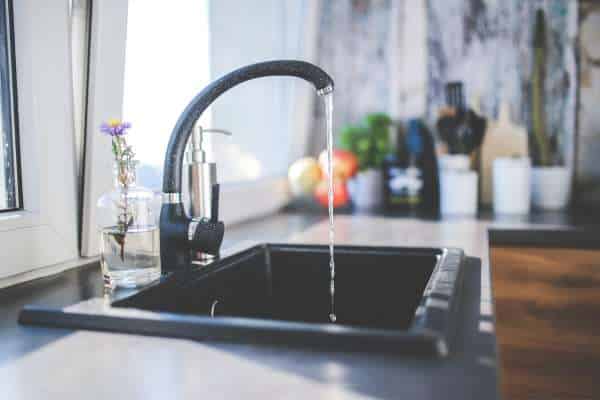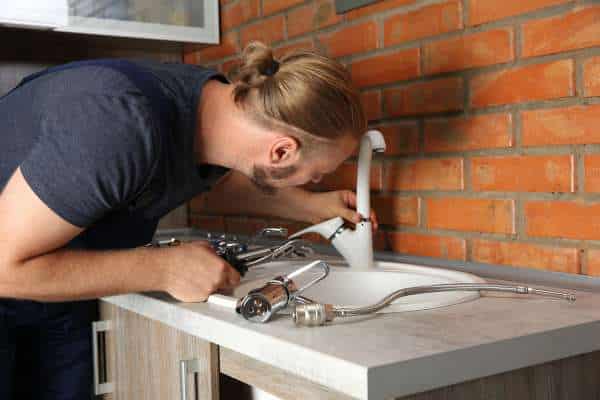Replacing a kitchen faucet is a crucial upgrade that enhances both functionality and aesthetics in your kitchen space. Understanding how much it costs to replace a kitchen faucet involves considering various factors such as the type of faucet, installation complexity, and additional expenses. By delving into these details, you can make informed decisions to ensure a smooth and cost-effective kitchen faucet replacement process. This guide explores everything you need to know, empowering you to undertake this project with confidence and clarity.
Factors Affecting The Cost Of Replacing A Kitchen Faucet

Types Of Kitchen Faucets
The type of kitchen faucet you choose plays a crucial role in determining the overall cost. Basic faucet models are generally more affordable and straightforward to install, while high-end faucets with advanced features like touchless operation or water filtration systems can be considerably more expensive. The material of the faucet also affects its price; stainless steel or brass faucets tend to cost more than chrome-plated ones due to their durability and aesthetic appeal.
Installation Complexity
The complexity of installing a new kitchen faucet varies based on your existing plumbing setup and the type of faucet you’re installing. If your current plumbing is outdated or incompatible with the new faucet, additional plumbing work may be required, which can increase the overall cost. DIY installation can save money on labor costs but might not be suitable for complex installations, potentially leading to costly mistakes.
Labor Costs
Labor costs for hiring a professional plumber to replace your kitchen faucet vary depending on your location and the plumber’s expertise. In urban areas, labor rates tend to be higher. A reputable plumber will provide a detailed cost estimate that includes both the faucet installation and any necessary plumbing adjustments. It’s essential to obtain multiple quotes to ensure you’re getting a fair price.
Additional Expenses
Beyond the cost of the faucet and installation, there are additional expenses to consider. These may include removing and disposing of the old faucet, purchasing additional plumbing supplies like connectors or valves, and any unexpected repairs that arise during installation. Budgeting for these potential costs upfront can prevent financial surprises.
Steps To Replace A Kitchen Faucet

1: Gather Your Tools And Materials
Before beginning the replacement process, gather all necessary tools and materials. This typically includes an adjustable wrench, pliers, screwdrivers, plumber’s putty or silicone sealant, and any specific tools recommended by the faucet manufacturer. Ensure you have access to shut-off valves in case of emergencies.
2: Prepare The Workspace
Clear the area under the sink and place a bucket or basin to catch any water that may drain from the pipes. Turn off the water supply to the kitchen faucet by closing the shut-off valves located beneath the sink. Open the faucet to release any remaining water pressure.
3: Remove The Old Faucet
Disconnect the supply lines from the old faucet using your wrench or pliers. Loosen the mounting nuts securing the faucet to the sink or countertop and lift out the old faucet carefully. Clean the area around the sink where the new faucet will be installed to ensure a secure fit.
4: Install The New Faucet

Follow the manufacturer’s instructions to install the new faucet, including any assembly of components before mounting. Use plumber’s putty or silicone sealant as recommended to create a water-tight seal around the faucet base. Secure the faucet in place using the provided mounting hardware and tighten the nuts underneath.
5: Connect Water Supply Lines
Connecting water supply lines to your Moen Adler kitchen faucet is a crucial step in ensuring proper functionality and efficiency. Start by identifying the hot and cold water supply lines, making sure they are easily reachable and compatible with the faucet connections. Consider using flexible braided stainless steel supply lines for added durability and ease of installation.
6: Test The Faucet
The average cost to replace a kitchen faucet can range from $150 to $350, depending on the quality and style of the new fixture you choose. Factors such as installation fees, additional parts needed, and labor costs can also contribute to the overall expense. Before making a decision, it’s important to research different options and obtain multiple quotes to ensure you’re getting the best deal.
The Final Thought
Replacing a kitchen faucet can be a simple and cost-effective way to enhance the functionality and aesthetics of your kitchen. By considering factors such as style, material, and installation complexity, you can determine the overall cost of the replacement project. With proper research and planning, you can find a high-quality faucet that fits within your budget while meeting your specific needs. Remember to also factor in any additional costs such as tools or professional installation services if needed. Take the time to explore different options and make an informed decision that will benefit your kitchen for years to come.

